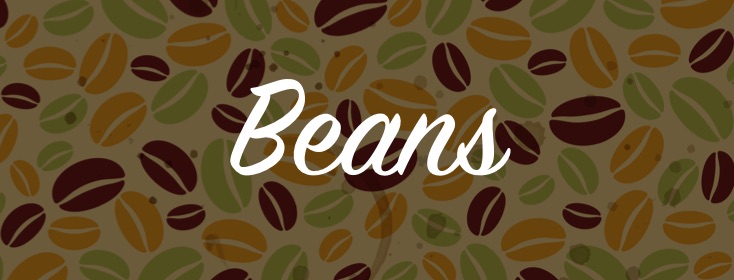Meeting Carbohydrates - Beans
In most nutrition-based food groupings, like the USDA MyPlate, beans and lentils are classified as lean protein foods, and rightfully so. One cup of kidney beans has about the same amount of protein as 2 ounces of meat, and soy protein (green soy beans are called edamame) is the only “complete” protein from plants, providing all of the amino acids we must get from food. But, when we’re managing diabetes it’s important to remember beans and lentils, with a few exceptions like green beans and mung beans, are also carbohydrates.
The nutritional value of beans for diabetes
Once again, that does not mean we should avoid beans. Besides quality protein, beans are also a great source of soluble and insoluble fiber, iron, potassium, phytonutrients, and even some trace nutrients like selenium, copper and folic acid. Like other healthy carbohydrate foods, we should manage our intake of beans by knowing the portion size equal to one “carb choice” – 15 grams of carbohydrate. And, with beans that portion is generally ½ cup.
What to watch for with beans
Beans are infamous for their gas-producing capacity, but beyond that risk for awkward social incidents I’ll mention one nutrition-related caution about beans in your diet – watch for added ingredients. Canned beans especially can be high in sodium related to added salt or other preservatives, and it’s important that we limit excess sodium in our diet to avoid or help manage high blood pressure. Some canned or packaged beans, like bar-b-que style, may also contain added sugar or syrups, and/or saturated fat, boosting both the carbohydrate and calories dramatically.
All in all, beans are a nutritional powerhouse, and most of us would benefit by having beans as part of our diet more often.
How have your eating habits changed since diagnosis?

Join the conversation